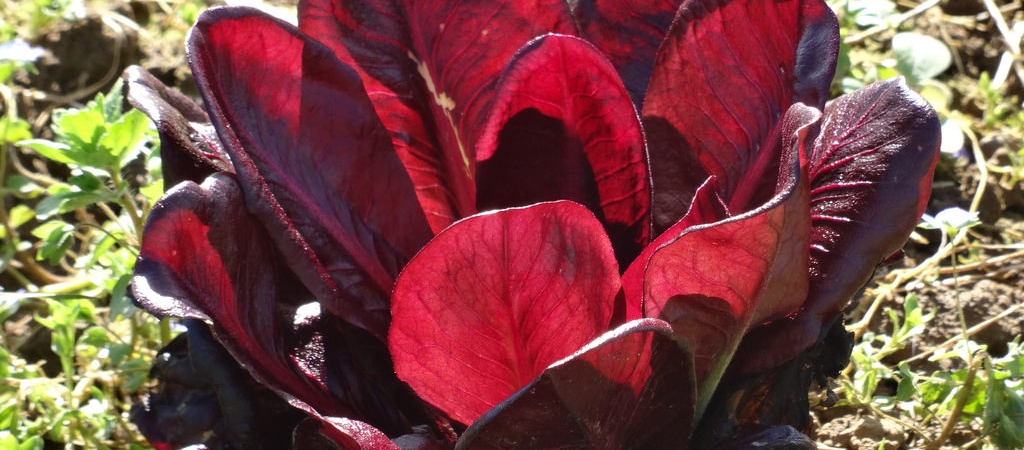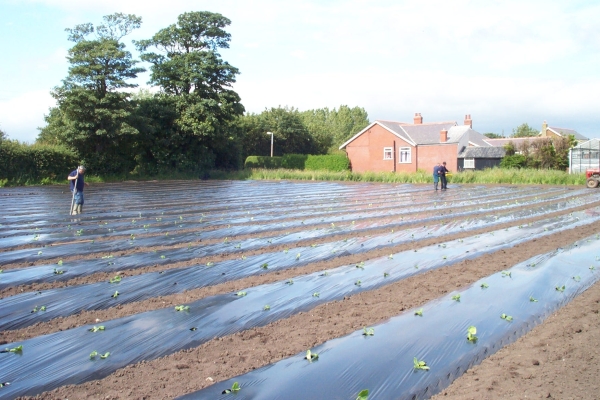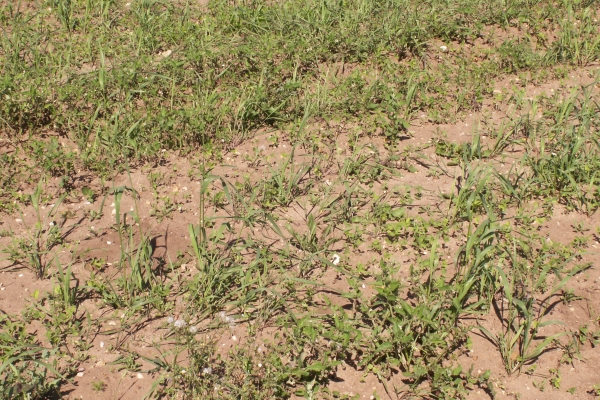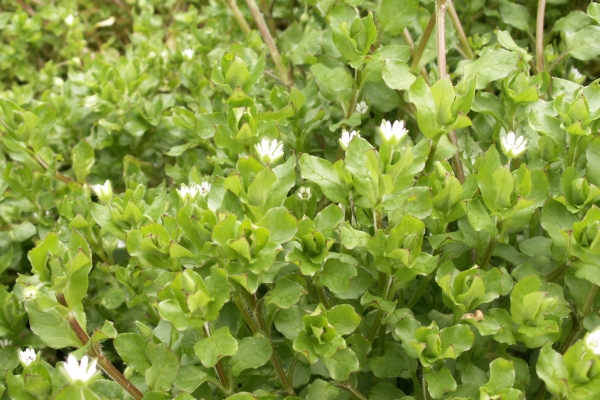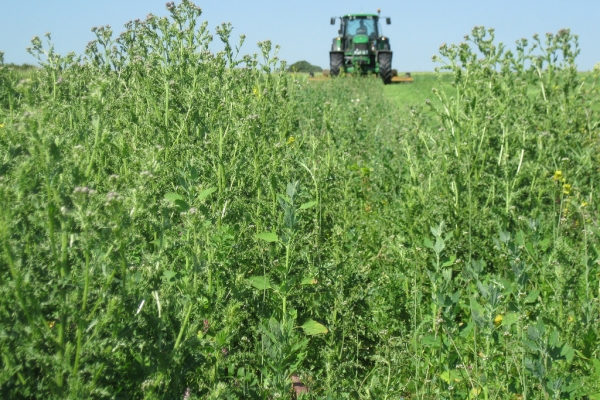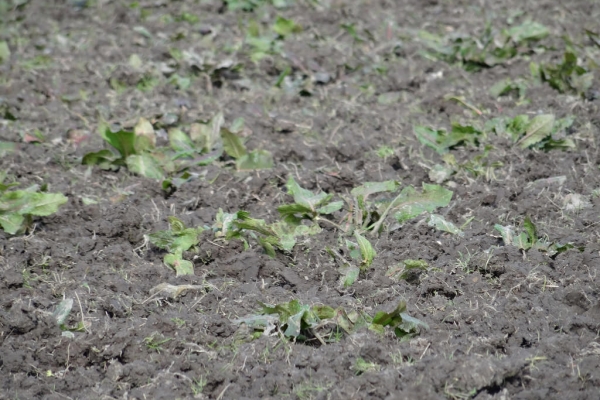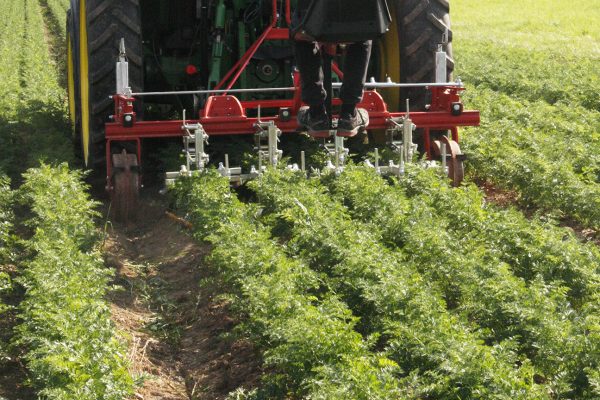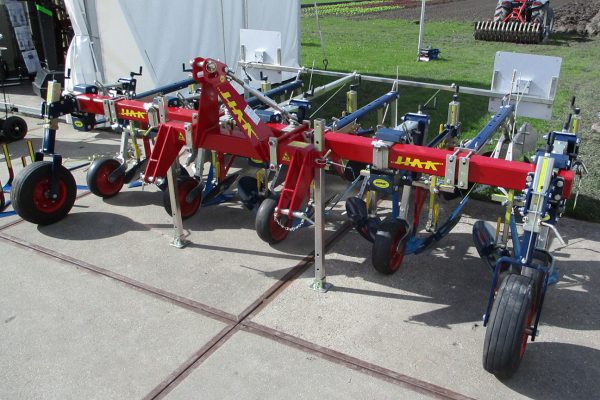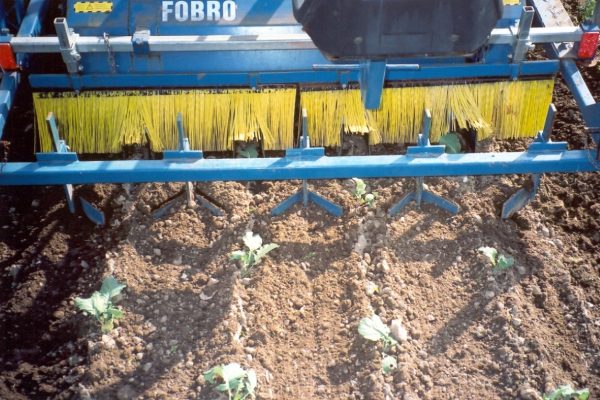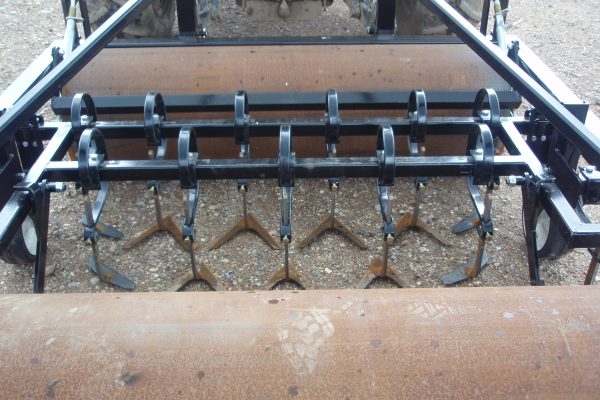Weed Control in Organic Vegetable Cultivation
FiBL Technical Guide
Resource explained
Preventative weed control measures can limit the negative effects of weeds and the related costs. The timing of the measures is crucial, as it directly affects the amount of manual weeding that is needed and therefore also the profitability of the crop. This FiBL technical guide looks at different strategies and techniques you can use to control weeds; preventative, direct control, control for specific crops (cabbages and other brassicas, carrots, spring beans, spinach and onions), and effective control for ridge crops. It also touches on the impact of well planned investments.
Findings & recommendations
- A good strategy is to destroy weeds before a crop emerges.
- Pre-sowing or pre-planting techniques you could consider are: preparing a seed bed in advance of seeding / planting, letting weeds germinate then destroying them at regular intervals; blind harrowing (running a chain harrow between sowing and emergence so that the germinating seed is below the level reached by the harrow), or pre-emergence flaming.
- Generally, it is sufficient to control weeds until the end of the first half of a crop’s growing cycle. Weeds are most sensitive to machine or heat damage from when they sprout until the 2-4 leaf stage; therefore focus control on the early development stages.
- Cover crops can provide competition for weeds during the germination process. However, you need to make sure they do not compete with crops.
- If weeds have germinated after a crop has emerged, mechanical cultivation using protective disks or shields is recommended.
- Mechanical weed control can also help aerate soil, encourage organic nitrogen mineralisation, and break up compressed soils.
- You can control weeds by ridging and de-ridging the soil. From the 4 to 6-leaf stage, you can largely eliminate weeds growing in rows by ridging.
Related articles
This leaflet covers actions farmers can take to prevent and control annual weeds and prevent adverse effects on crop yield and quality.
Leaflet summarising organic methods of prevention and weed control of the perennial grass common couch.
Detailed information from Garden Organic on the occurrence, biology, persistence and spread of chickweed, with guidance to help you manage it more effectively.
A fantastic resource providing detailed information to help you manage weeds in ways that will benefit your crops, soil and pollinators.
Guidance from the OK-Net Arable project on managing perennial weeds through using suitable machinery and techniques, focusing on stubble cultivation.
OGA webinar with Dr Charles ‘Merf’ Merfield on the 'Big 4' in weed management: minimising weed seed rain, (proper) false seed beds, flame weeding, and...
A report on the use of ‘row hoes’ — what used to be called inter-row hoes / cultivators.
A report on mini-ridgers - a highly effective weeding tool for controlling intrarow weeds through burial.
A practical guide for farmers and growers wanting to get ahead of weeds when establishing pasture, arable and horticultural crops.
